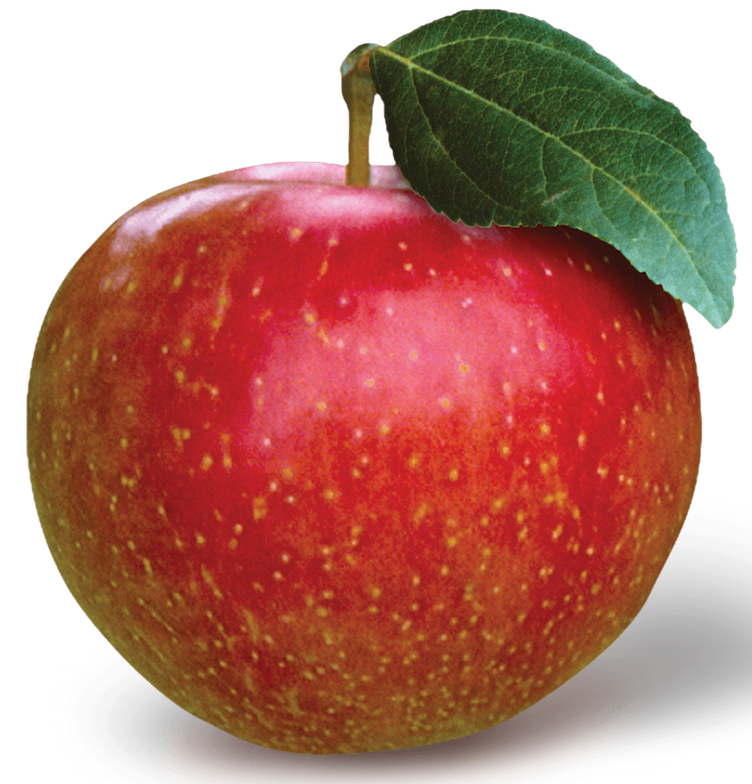The University of Minnesota's Legacy of Delicious Apples: A Glimpse into its Agricultural Education History
Introduction
The University of Minnesota has a long and storied history in agricultural education and research, dating back to its establishment in 1851. One of the most notable achievements of the University is its horticultural and fruit breeding programs, which have introduced the world to several outstanding apple varieties. In this blog post, we'll delve into the University's agricultural education history and explore some of the delicious apple varieties it has brought to market.
The Roots of Agricultural Education at the University of Minnesota
The University of Minnesota's commitment to agricultural education began in the late 19th century with the establishment of the College of Agriculture in 1888. This college was created in response to the growing need for research and education in the field of agriculture, which was rapidly evolving due to advancements in technology and the increasing global demand for food.
From its inception, the College of Agriculture emphasized the importance of hands-on, practical learning. This approach led to the development of the Minnesota Agricultural Experiment Station (MAES) in 1887, a year before the college was formally established. The MAES was created to provide a platform for researchers to conduct experiments and trials aimed at improving agricultural practices and technologies.
The Fruit Breeding Program: A Blossoming Success
One of the earliest and most enduring successes of the U of M's agricultural research efforts is its fruit breeding program, which began in the early 1900s. The program's mission was to develop fruit varieties that could thrive in Minnesota's harsh climate and provide delicious, nutritious options for consumers.
Through decades of rigorous research and breeding, the University of Minnesota's fruit breeding program has introduced more than 27 apple varieties, many of which have become popular favorites around the world. Let's take a closer look at some of these exceptional apple varieties:
1. Haralson
Introduced in 1922, the Haralson apple quickly became a staple for apple growers in Minnesota and other cold-climate regions. Named after Charles Haralson, the first superintendent of the University's Fruit Breeding Farm, this apple is known for its firm, crisp texture and slightly tart flavor. Haralson apples are excellent for both fresh eating and baking, making them a versatile choice for consumers.
2. Honeycrisp
Perhaps the most famous apple variety developed by the University of Minnesota, the Honeycrisp apple was introduced in 1991. This apple is prized for its unique combination of sweetness, tartness, and exceptional crunch. The Honeycrisp's explosive popularity is credited with revitalizing the apple industry, as consumers sought out this delicious, juicy variety. In 2006, Honeycrisp was designated as Minnesota's state fruit, a testament to its importance and impact on the state's agricultural sector.
3. Zestar!®
Released in 1999, the Zestar!® apple is another noteworthy product of the University's fruit breeding program. This early-season apple is known for its balanced sweet-tart flavor, crisp texture, and excellent storage qualities. The Zestar!® apple's early harvest time makes it a popular choice for growers looking to extend their apple season.
4. SweeTango®
A more recent introduction, the SweeTango® apple, was released in 2009 as a cross between the Honeycrisp and Zestar!® apples. This variety combines the best qualities of its parent apples, offering a unique flavor profile that is both sweet and tangy. The SweeTango® apple has quickly gained a loyal following, thanks to its outstanding taste and texture.
5. Rave®/First Kiss®
The Rave®/First Kiss® apple, introduced in 2017, is a testament to the University of Minnesota's ongoing commitment to developing exceptional apple varieties. A cross between the Honeycrisp and an early ripening variety from Arkansas, this apple is known for its delightful balance of sweetness and acidity. The Rave®/First Kiss® apple is celebrated for its juicy, slightly tart flavor and its ability to be harvested earlier than many other varieties, providing a delicious treat for apple lovers eager to enjoy the start of the apple season.
The Impact of the University of Minnesota's Agricultural Education and Research
The development of these remarkable apple varieties is a testament to the University of Minnesota's dedication to agricultural education and research. By focusing on practical, hands-on learning and experimentation, the University has been able to create fruits that not only withstand the challenging climate of Minnesota and other cold-weather regions but also offer superior taste and quality.
The success of the fruit breeding program has also had a significant economic impact. The Honeycrisp apple, in particular, has generated millions of dollars in revenue for the University through licensing agreements and has helped support continued research and development efforts.
Beyond the world of apples, the University of Minnesota's agricultural research efforts have also led to advancements in crop production, livestock management, and sustainable agriculture practices. These contributions have had a profound impact on the state's agricultural sector and have solidified the University's reputation as a leader in agricultural education and research.
Conclusion
The University of Minnesota's rich history in agricultural education and research has yielded an impressive legacy of delicious and hardy apple varieties that have become beloved favorites of growers and consumers alike. From the classic Haralson to the innovative Rave®/First Kiss®, these apples stand as a testament to the University's dedication to hands-on learning, experimentation, and the pursuit of excellence in the field of agriculture.
As we enjoy these mouth-watering fruits, let us remember and appreciate the hard work, expertise, and innovation that went into their development at the University of Minnesota. The University's commitment to agricultural education and research has not only enriched our taste buds but has also made significant contributions to the economy, the environment, and the overall well-being of the state and its residents.




